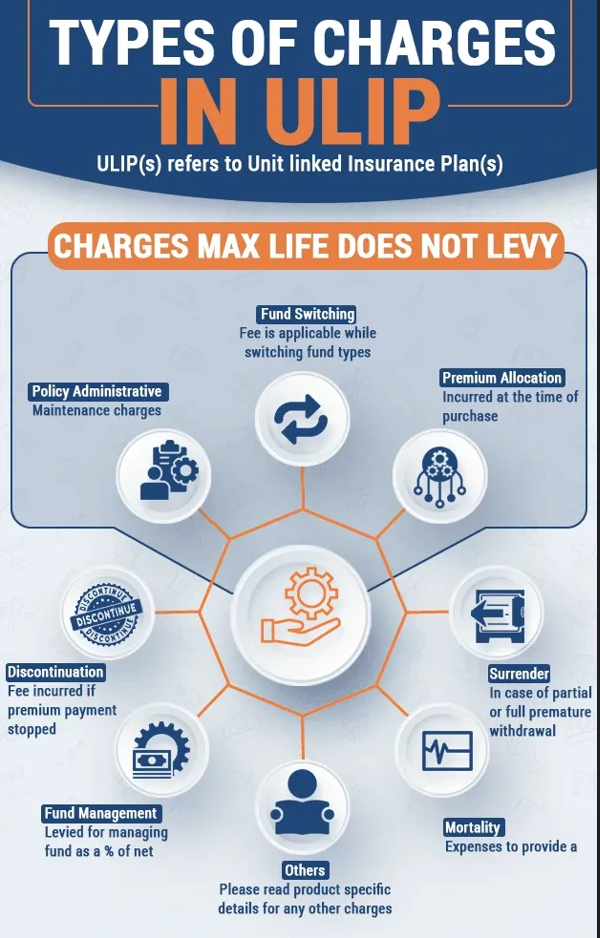Aviation Day India - 26 March
Remarks of Tony Tyler Director General and CEO
International Air Transport Association (IATA) Aviation Day India
New Delhi - 26 March 2013
Thank you all for attending this inaugural Aviation Day for India. It is great to see such an august audience led by the Minister of Civil Aviation, Mr. Ajit Singh
It is a great pleasure to welcome you to the Aviation Day. To have the Union Minister for Civil Aviation makes this indeed a unique occasion & an example of the kind of collaboration and joined up approach that the industry so dearly hopes will help us move forward.
On behalf of IATA, I am extremely pleased that we have partners in the GMR Group and the Confederation of Indian Industry (CII) jointly hosting today’s Aviation Day in Delhi.
Mr. Srinivas Bommidala, I recall our discussions last year when we first set out to host the Aviation Day in Delhi jointly. While there may be the continuing issues with high charges -whether at Delhi or at some of the other major airports in India like Mumbai, Chennai etc.- we agreed that there were many areas of common interest. These include market growth, passenger facilitation, and the success of the Indian aviation sector as a whole. So, I am delighted that we sit as partners in organizing today’s event..
Over the last year I have come to know CII very well. I have interacted with CII on many levels and even watched last year’s Union Budget with them. I missed watching this year’s budget, but understand that, from an aviation perspective, I did not miss much!
IATA is very happy to join hands with CII in taking forward the message of aviation’s contribution to Indian business, industry and the national economy. Thank you again CII – and AnkurBhatia—for partnering with us on this occasion.
Today will be my third major speech on Indian aviation in less than a year. I have not spoken this much in or about any other country in my time at IATA. The reason is two-fold. First, India is a great potential market that has only just begun to realize its enormous promise. Second, to realize that potential some huge issues must be overcome.
In the eight months since my last visit, there have been some remarkable developments.
· Air India seems to have come back from the brink. It is starting to address cost and personnel issues while solidifying its domestic market position. It may even be headed for a small operating profit in this fiscal year
· Jet Airways has attracted the interest of a suitor and couldbe the first Indian airline to benefit from the relaxation of rules on foreign direct investment, an initiative for which the government deserves congratulations
· This is also spurring developments in the point-to-point sector as we see Tata group looking to team-up with AirAsia to start a new competitor in the sector
· That follows, of course, the strong performance of existing carriers in the sector such as IndiGo and Spicejet
But 2012 also brought some big shocks. Over the year, Kingfisher all but disappeared. And the high cost of operating in India—owing in large part to excessive taxes on fuel and rising infrastructure fees—took its toll on domestic connectivity. Against global growth of 4.0% in domestic markets, we saw the Indian domestic market contract by 2.1 %.
Running an airline is a tough business. And operating in India presents bigger challenges than most other markets.
And those airlines must compete in a global industry characterized by intense competition and thin margins. Last week we revised our 2013 outlook with the expectation of a $ 10.6 billion profit. That sounds impressive; until you consider that it is on $ 671 billion of revenues. The net profit margin is a rather unsatisfying 1.6 %.
The Indian Agenda
To be successful in such a difficult environment my previous speeches in India have presented an agenda based on:
· Improving Infrastructure:The most urgent need is to move forward with Navi Mumbai to provide India’s financial capital with the connectivity that it will need for continued success
· Reducing Costs:Indian infrastructure in general is expensive.Our concerns over the charges increases in India are well-known. And there seems to be a growing list of airports asking for what can only be viewed as unreasonable increases
· Lowering the Tax Burden:Taxes on aviation in India are an onerous drain on competitiveness. State taxes on fuel can be up to 30 %. Globally, fuel averages a third of an airline’s cost. In India it accounts for 45 %. And on top of that India imposes a service tax on international travel which goes against International Civil Aviation Organization (ICAO) policies. A similar tax on air navigation services is in direct contravention of the Chicago Convention to which India is a signatory
Solutions to these must be coordinated across all ministries and levels of government. That is why I have called for India to formulate a national aviation policy. The call was not for special favors or preferential treatment. But rather for a coordinated policy framework that would facilitate growth.
Growth is important for India—not just the aviation industry. Indian economic growthis running at about 5 %. That’s near-half of what it used to be. And Finance Minister P. Chidambaram had a difficult job finding the right levers to pull in order to move towards a more balanced budget which creates the conditions for growth and prosperity.
Sadly, once again the Finance Minister did not include the aviation industry in his plans,as a strong catalyst for economic growth—continuingto see it only as a source of taxation.
For more information, please contact:
Mr. Krishna Moorthy – 944219 17171
Avian Media, Chennai
Emai: krishna@avian-media.com































